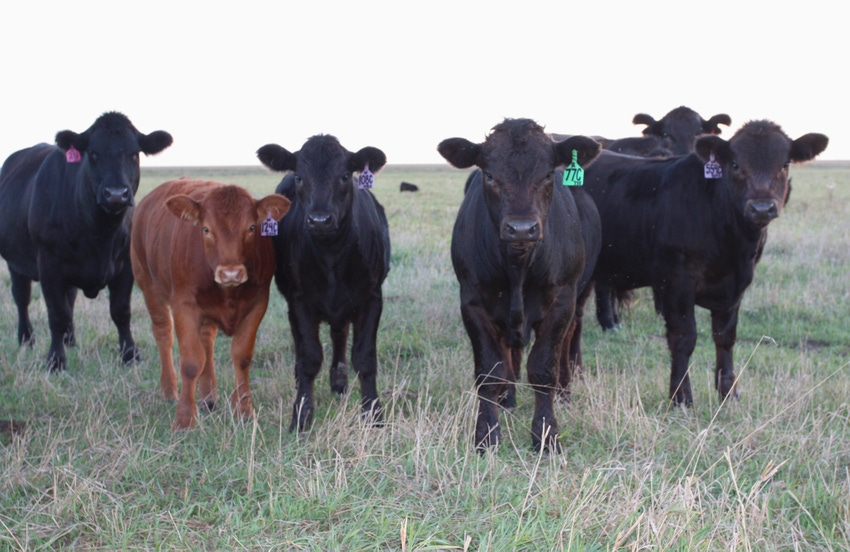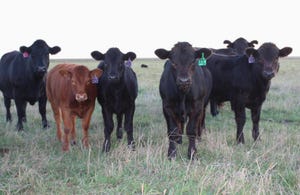August 31, 2016

The old adage, “There is more than one way to skin a cat,” applies to weaning calves, as well.
There has been much discussion in recent years about the best way to wean calves. But any discussion about weaning needs to keep several considerations in mind, including: age of calves, low stress handling, whether you’re selling off the cow or planning to precondition and bunk break at home, available labor and time, quality of fences, location of the herd, etc.
Just as no two operations are alike, neither are the best weaning strategies for various operations; however, if we look at the pros and cons of weaning using various methods, there are some key differences to think about.
 Steve Boyles, Ohio State University (OSU) Extension specialist, recently compared pasture weaning vs. drylot weaning in an OSU Beef Cattle newsletter.
Steve Boyles, Ohio State University (OSU) Extension specialist, recently compared pasture weaning vs. drylot weaning in an OSU Beef Cattle newsletter.
Boyles looked at a recent study that compared three weaning methods for calves averaging 180 days old:
1. drylot weaning + complete visual and auditory separation from dams
2. pasture weaning + fence-line contact with dams
3. pasture weaning + fence-line contact with dams + supplemental feed delivered in a bunk
In the study, calves were weighed, given initial vaccinations, treated for parasites, given booster vaccinations 14 days later, and shipped to a feedlot at 28 days.
Boyles summarizes the results of the study, writing, “Body weight of drylot calves was greater than that of pasture weaning or pasture weaning plus supplement at the conclusion of the 28-day weaning period. This was expected since the diet for the drylot calves was formulated for higher gains. Providing supplement to pasture fed calves was intended to accustom pasture-weaned calves to eating out of a bunk rather than to promote gains that were competitive with drylot calves.”
Upon arriving to the feedlot 28 days post weaning, all three groups were studied, and Boyles writes, “Calves were observed at the time of feeding during the first 6 days of the receiving period in an attempt to ascertain their desire to eat from a bunk. A greater proportion of drylot than pasture weaned calves came to the bunk at the time of daily feed delivery during the first 5 days of receiving. Drylot calves had greater average daily gains than either pasture weaned calves to day 60 in the feedlot.”
While fence-line weaning has been largely supported and promoted by the industry in recent years, this study showed that drylot calves were just as healthy and were more eager to eat at the bunk upon arrival to the feedlot when compared to the pasture-weaned calves. However, Boyle notes that preconditioning management is not huge in the cow-calf sector with “49.8% of cow-calf producers selling their calves immediately after maternal separation.”
Looking at these calves to the finishing stage, Boyles writes, “Pasture-weaned steers gained body weight at a greater rate and had greater feed efficiency during finishing than drylot steers or pasture plus supplement steers. Body weight at slaughter was not different among treatments. Under the conditions of the current experiment, the pasture-weaned steers appeared to fully compensate for previous nutritional restriction during the finishing period. Moreover, USDA yield grade, marbling score, percentage of carcasses grading USDA Choice or greater, did not differ among treatments.”
What do you think about the results of this study, and what is your preferred weaning method? Share your thoughts in the comments section below.
The opinions of Amanda Radke are not necessarily those of beefmagazine.com or Penton Agriculture.
You might also like:
Do small cows make more money?
13 utility tractors that will boost efficiency
How to get more value from your cull cows
14 thoughts to help get those heifers bred
Photo Tour: World's largest vertically integrated cattle operation
You May Also Like



